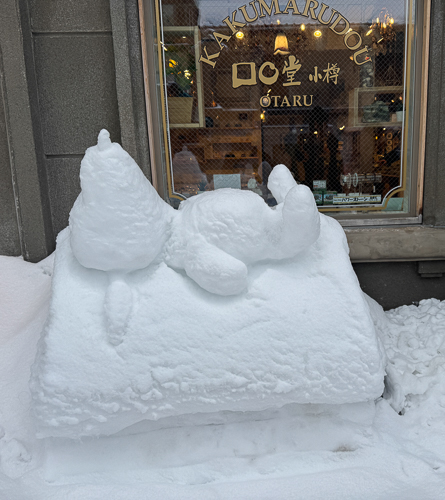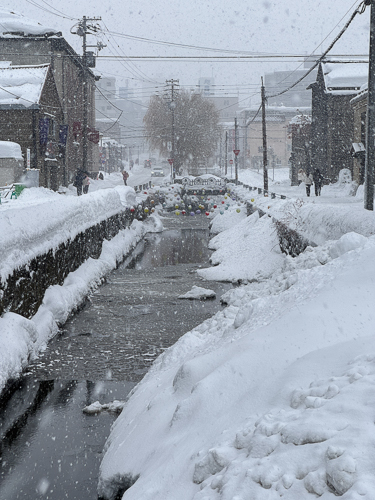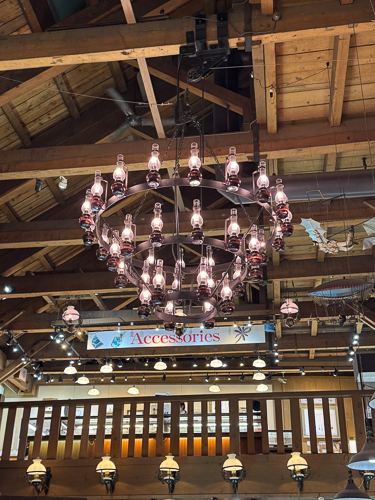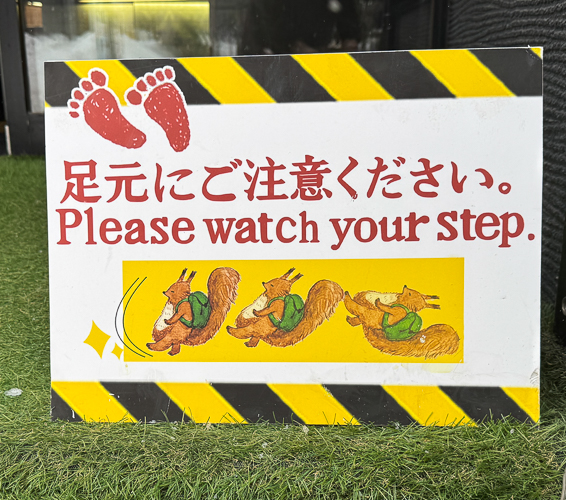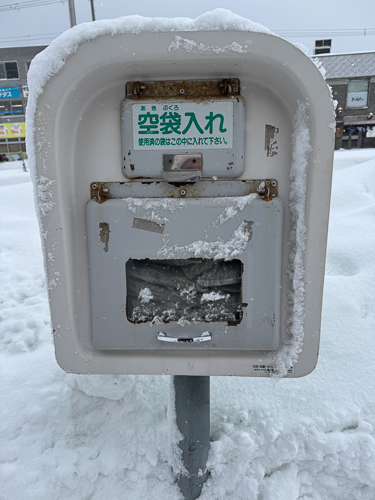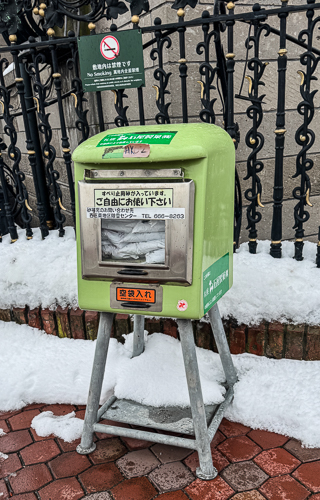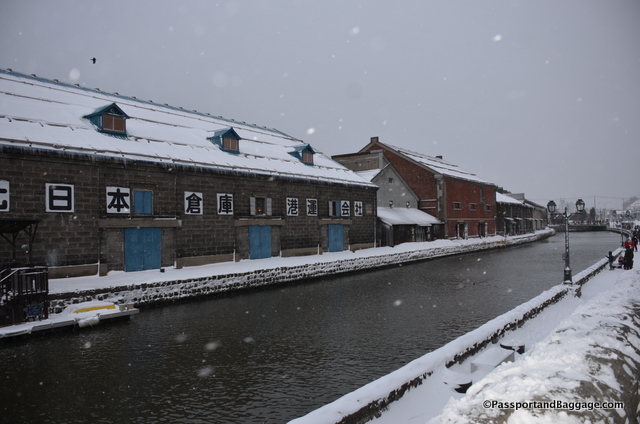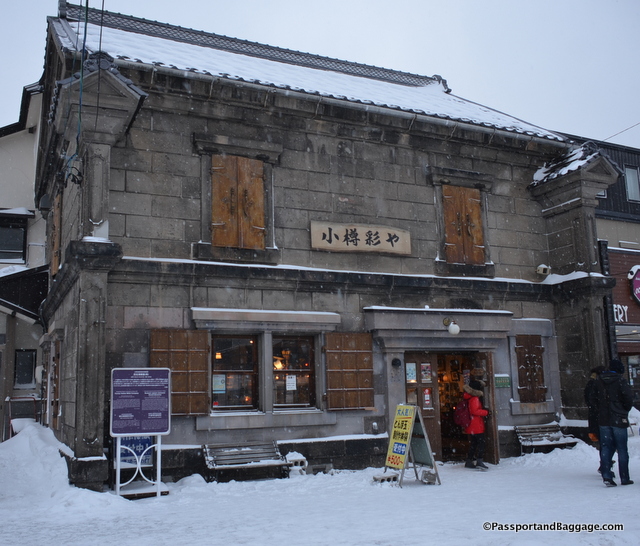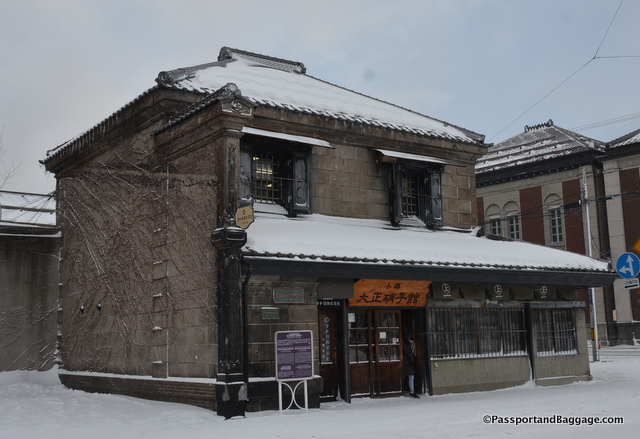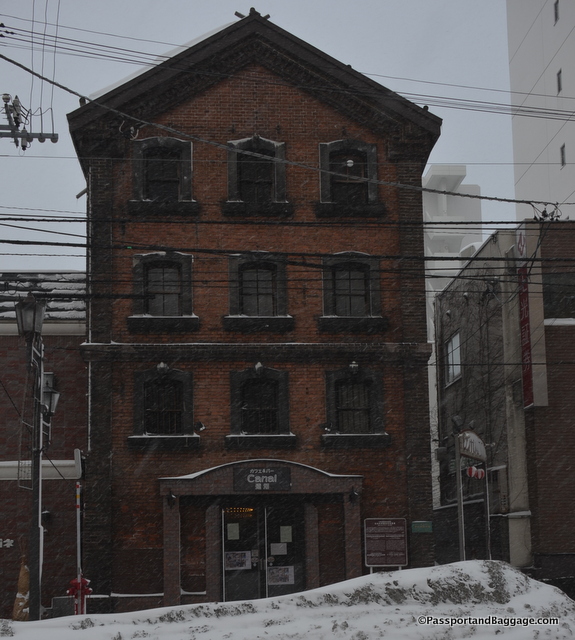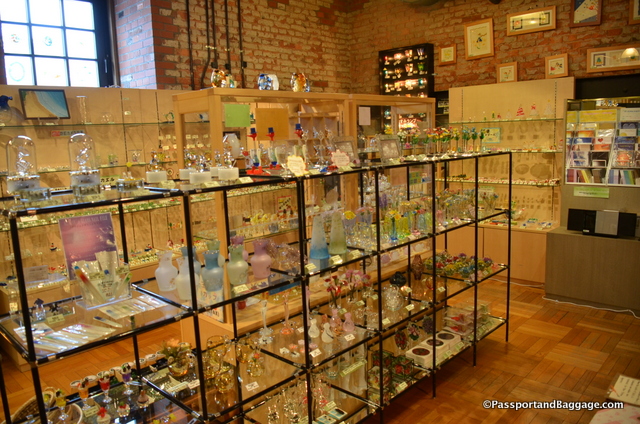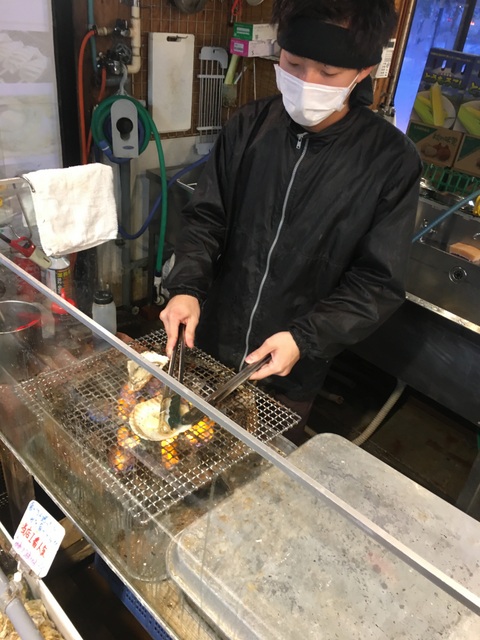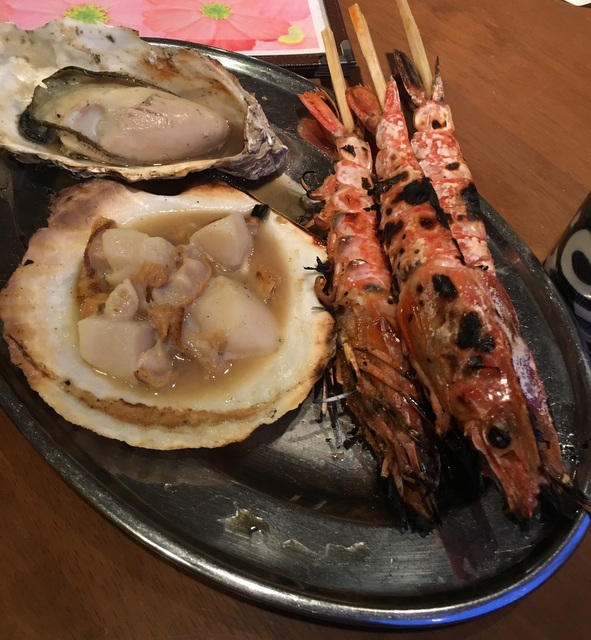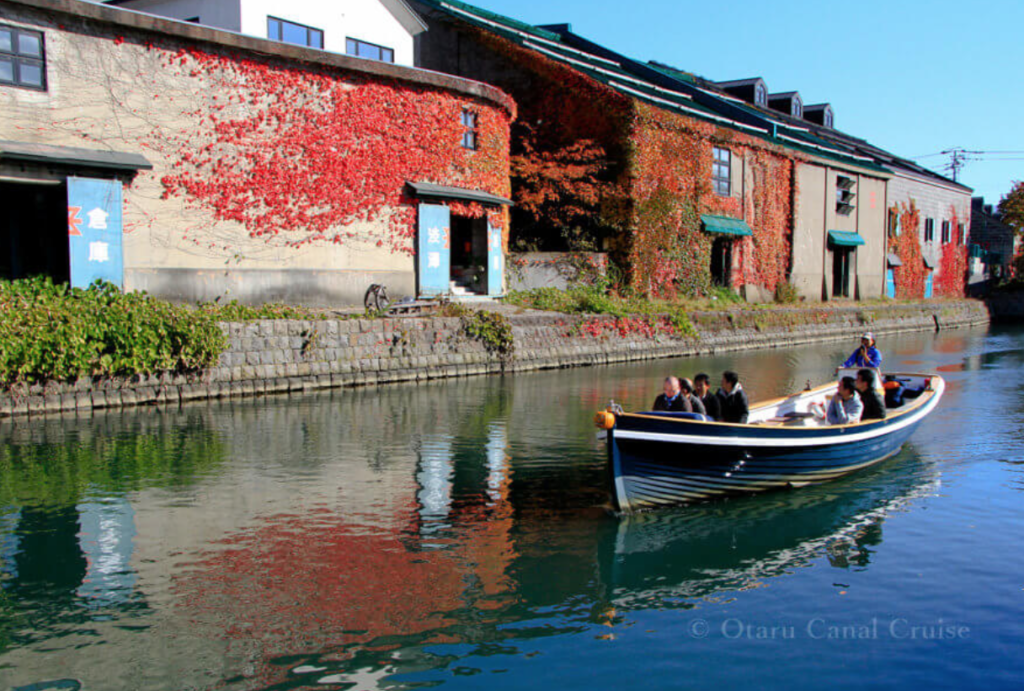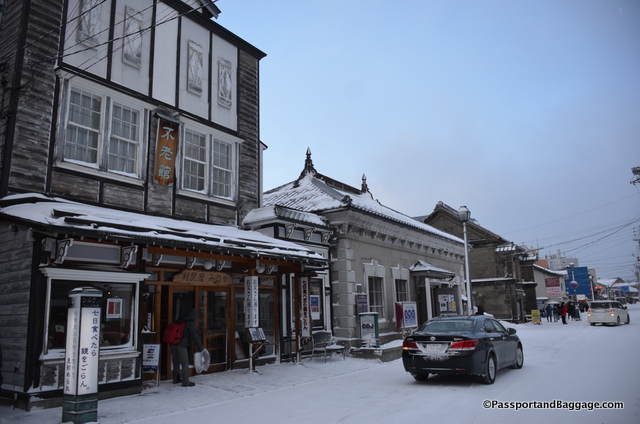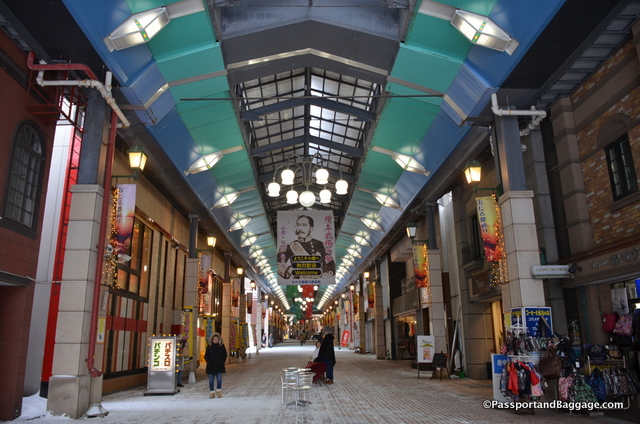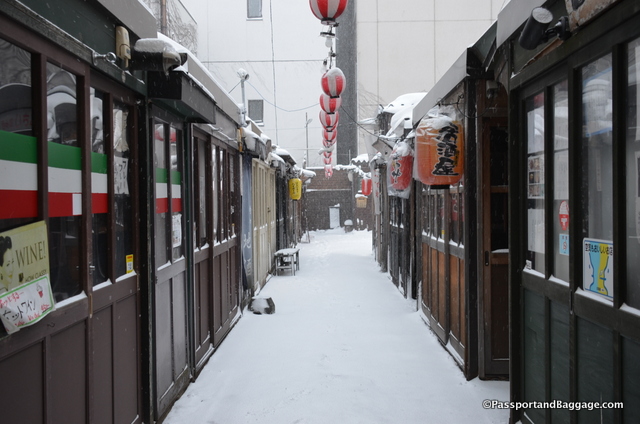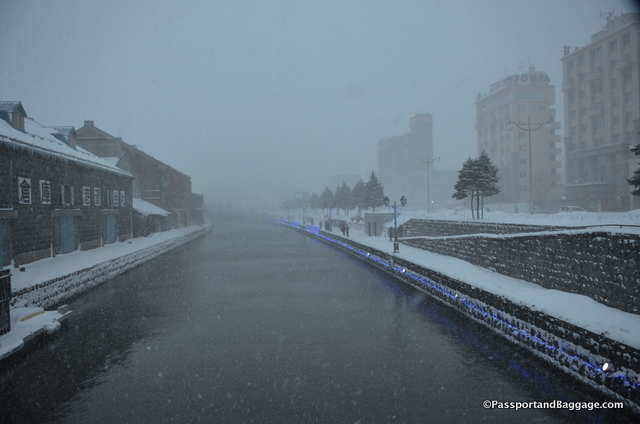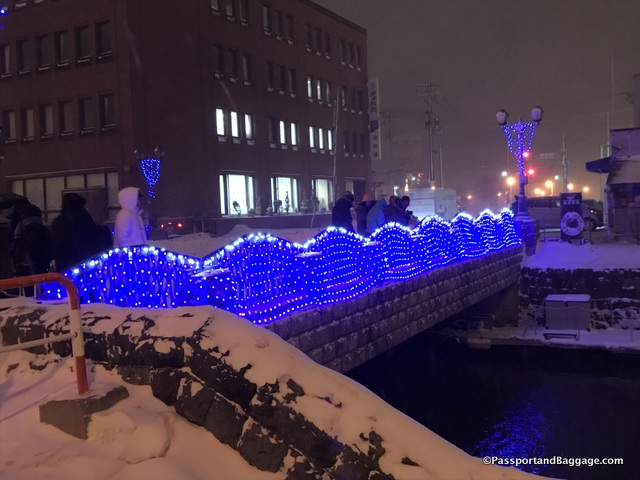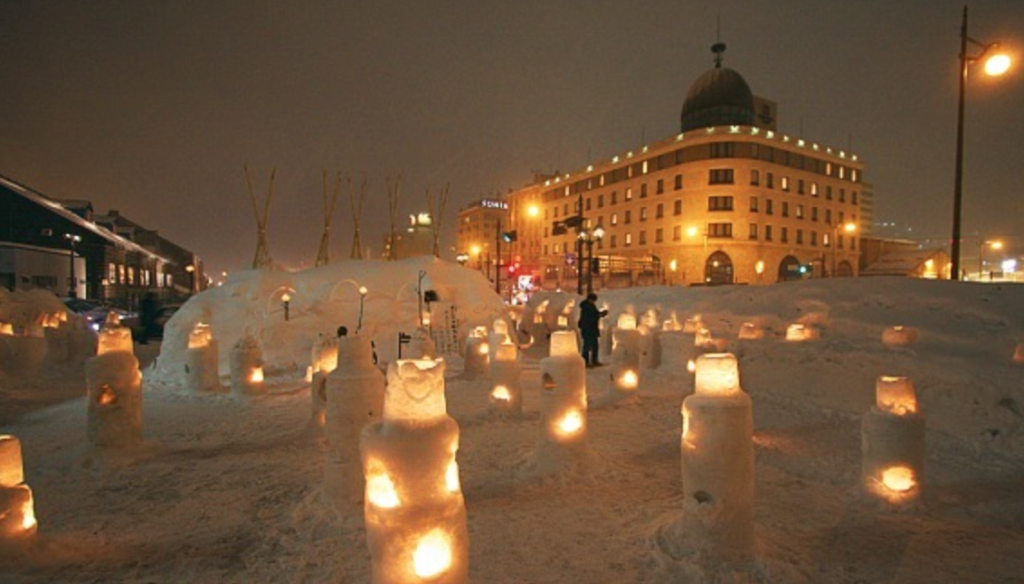February 12 and 13, 2025
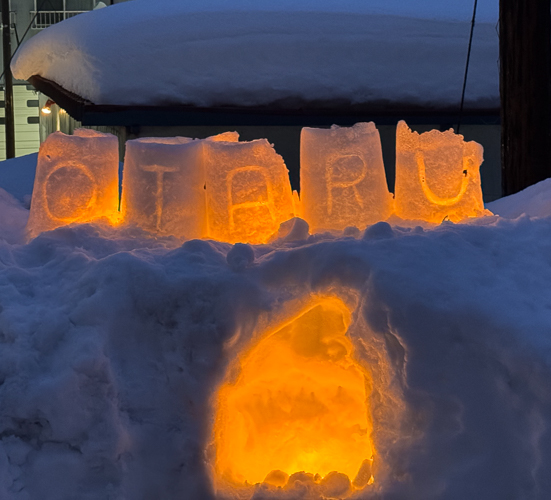
When I was in Otaru in 2017, I read about the Yuki Akari no Michi which means “snow light path” in Japanese. I knew I wanted to return someday.
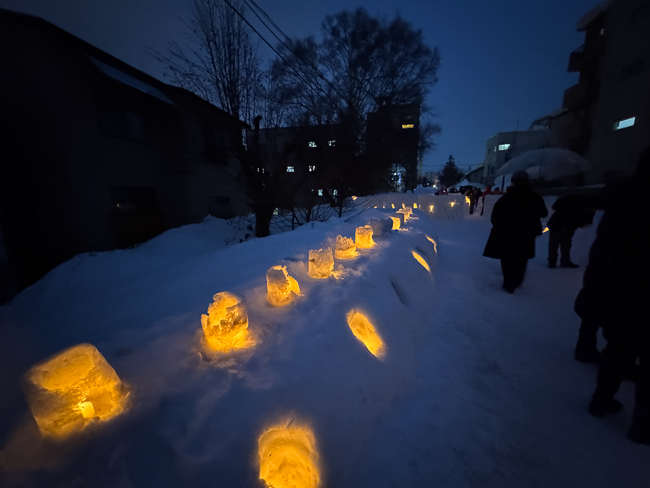
The Otaru Snow Light Path Festival began in 1999 as a grassroots initiative by local residents and volunteers.
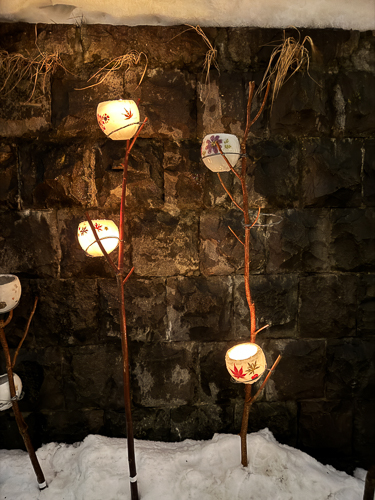 The event’s goal was to bring warmth and light to the harsh Hokkaido winters while preserving the city’s historic charm.
The event’s goal was to bring warmth and light to the harsh Hokkaido winters while preserving the city’s historic charm.
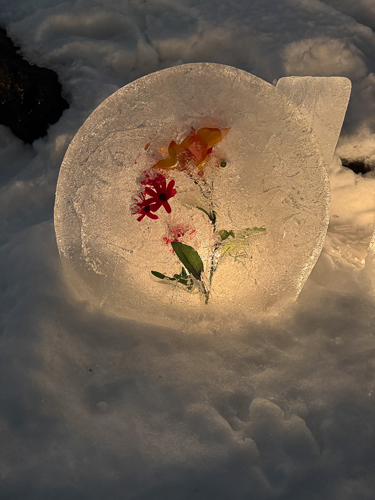 The festival was named after the work Yukiakari no Michi (“Snow Light Path”) by Otaru-related writer Sei Ito.
The festival was named after the work Yukiakari no Michi (“Snow Light Path”) by Otaru-related writer Sei Ito.
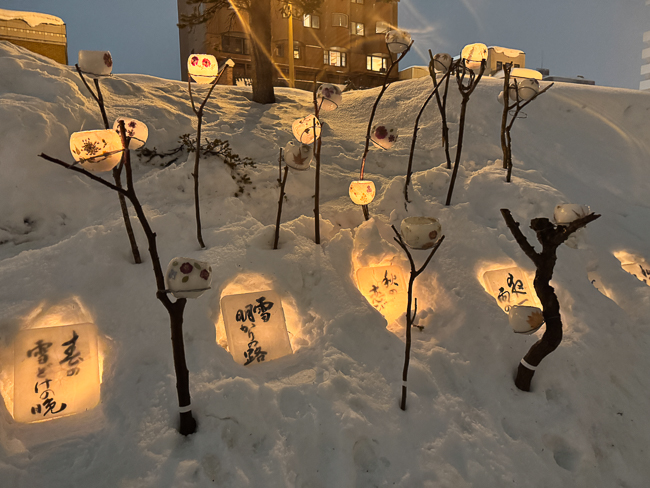
The festival emphasizes themes of connection and tranquility.
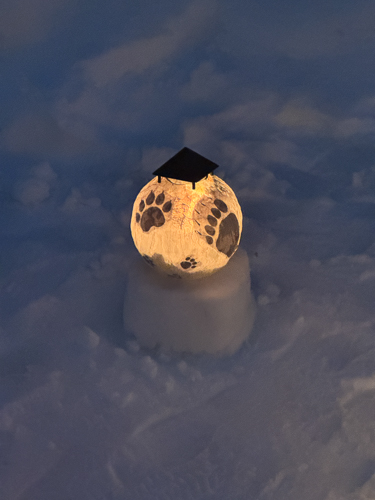 Despite its growing popularity, the festival remains committed to its original ethos of community participation and handmade artistry.
Despite its growing popularity, the festival remains committed to its original ethos of community participation and handmade artistry.
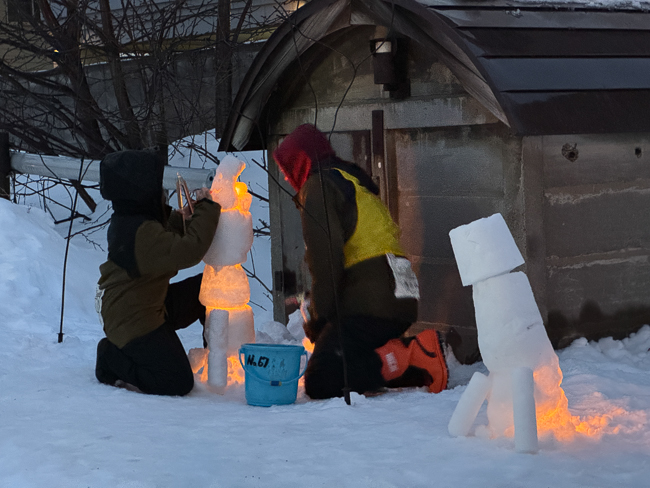 Each candle and lantern is carefully crafted.
Each candle and lantern is carefully crafted.
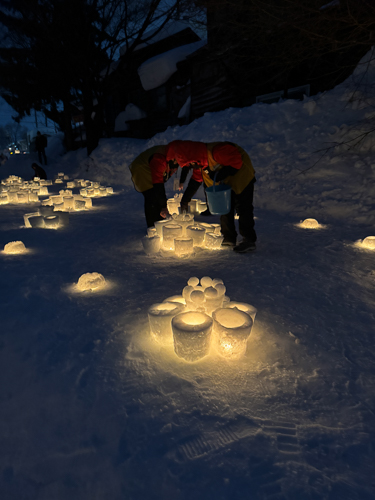 The candles are maintained by over 2,000 volunteers.
The candles are maintained by over 2,000 volunteers.
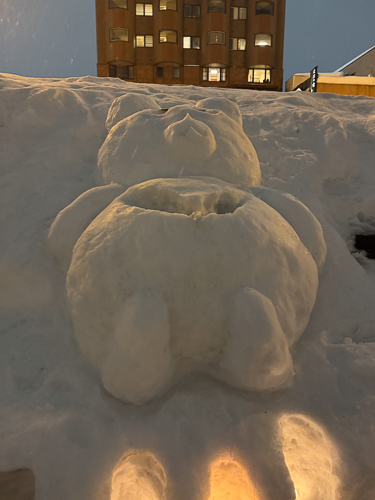
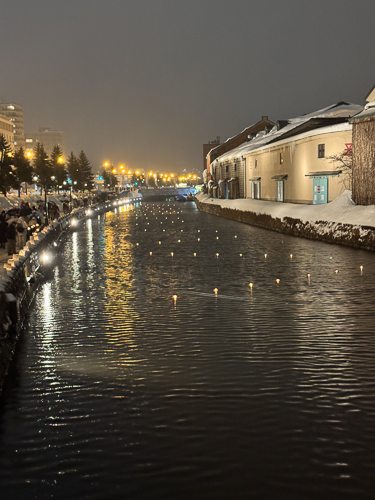
The Otaru Canal
The event has two main venues, Otaru Canal (Unga Kaijo), the abandoned Temiya Railway Line (Temiyasen Kaijo). Although the locals often decorate their neighborhoods and homes as well.
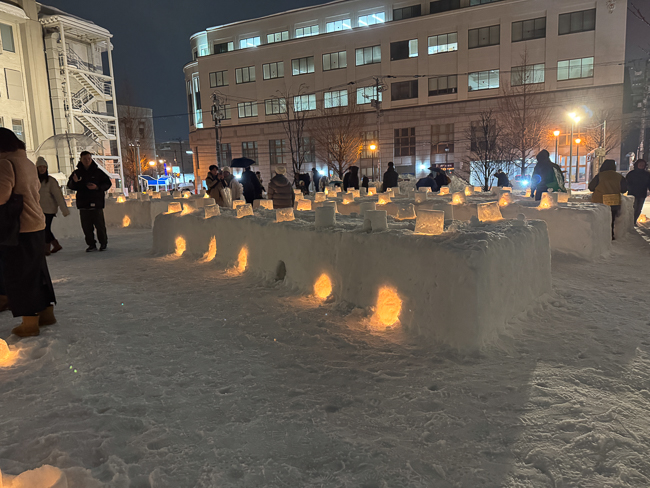 *
*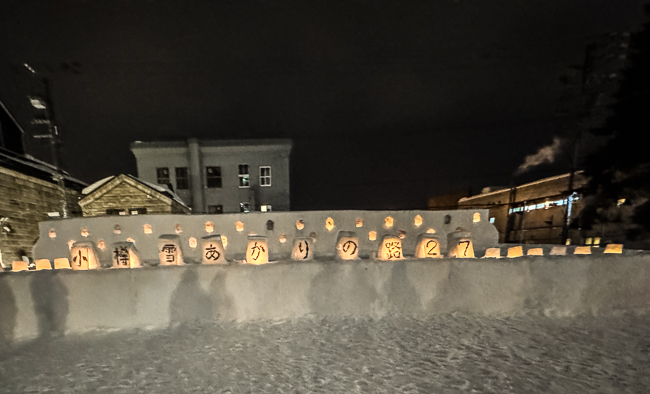 *
*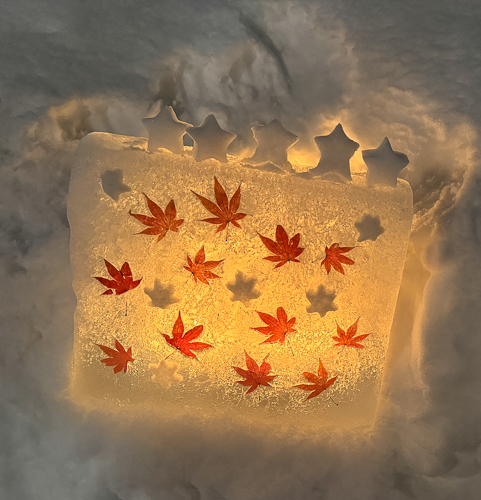 *
*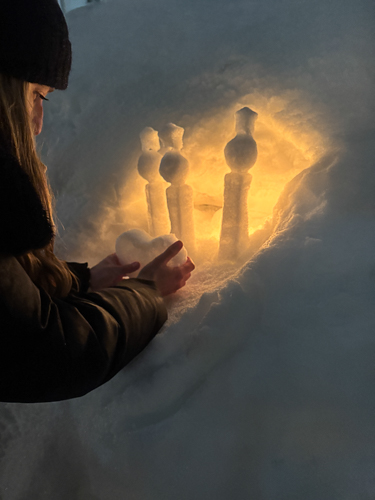
The locals can be found crafting hearts, ducks, trees, and other shapes to hand to visitors so they can place them and enjoy being a part of the festival.
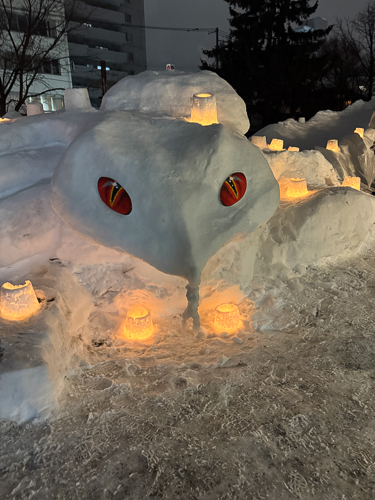
*
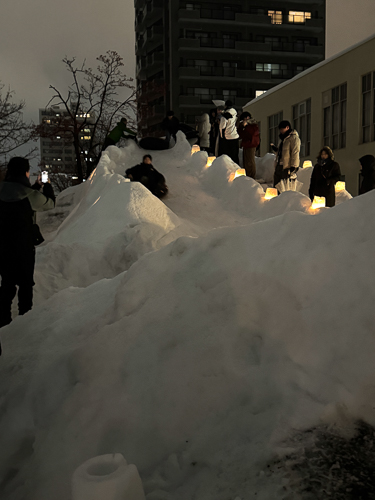
Along the abandoned Temiya Railway Line (Temiyasen Kaijo) is a slide for tubing and fun
 *
*

*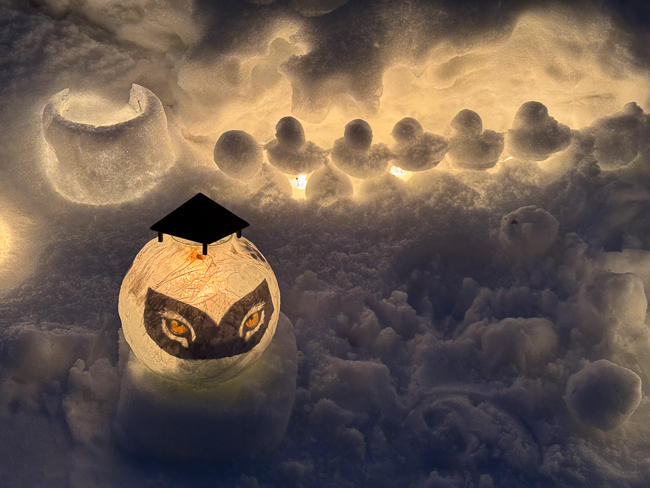 **
**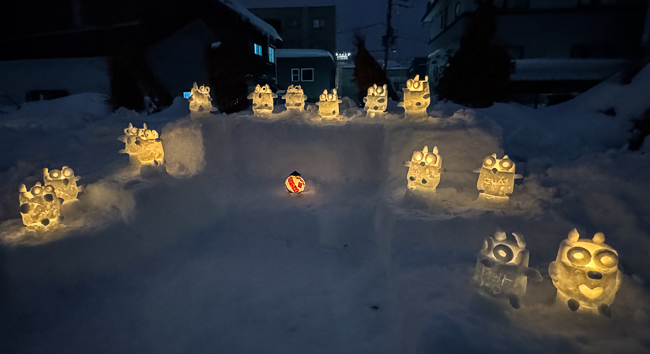 *
*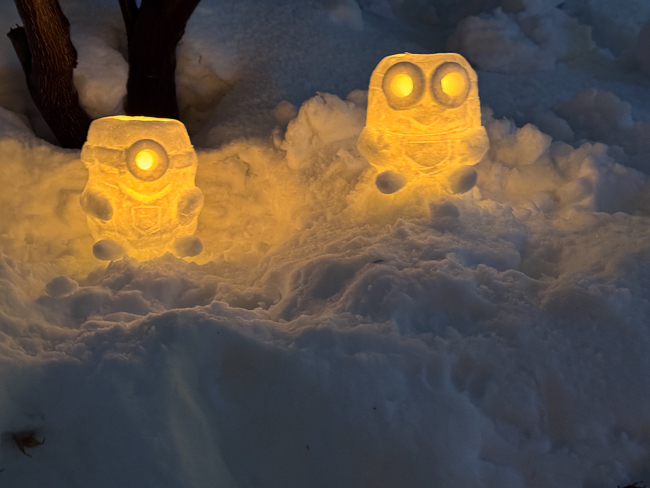 *
*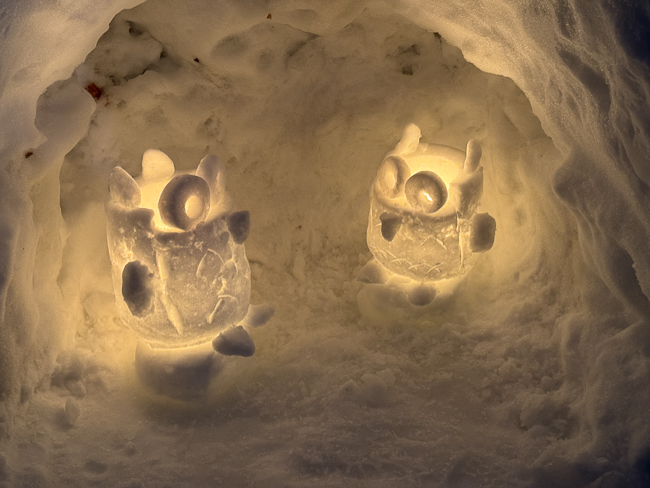 *
*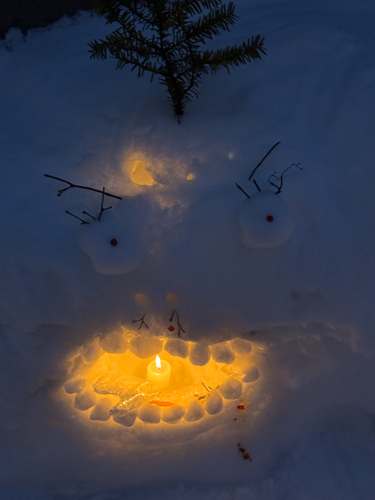 *
* *
*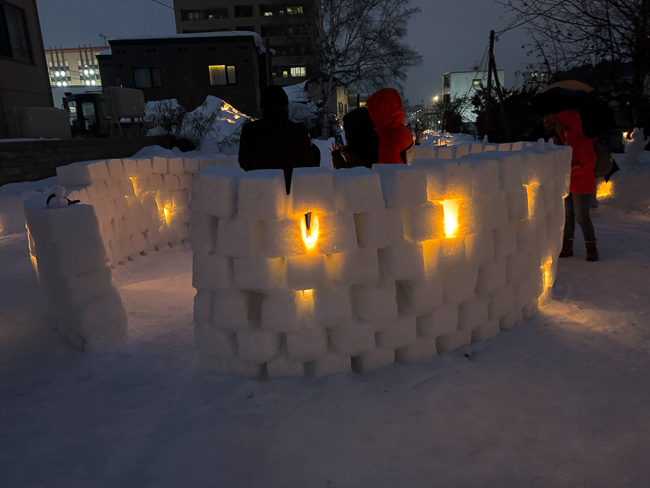 *
*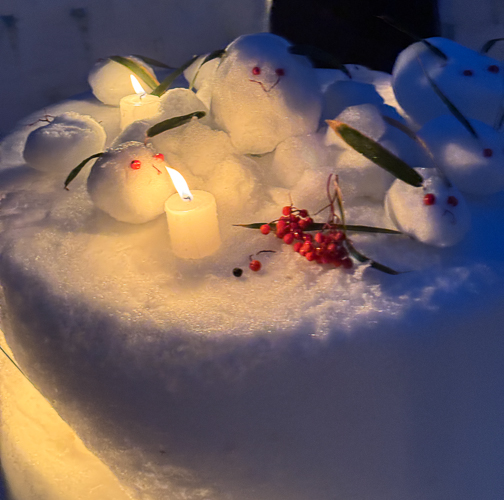 *
*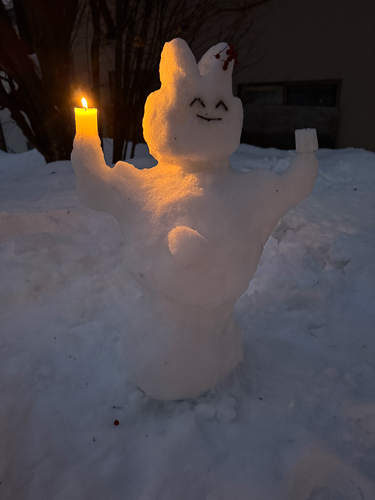 *
*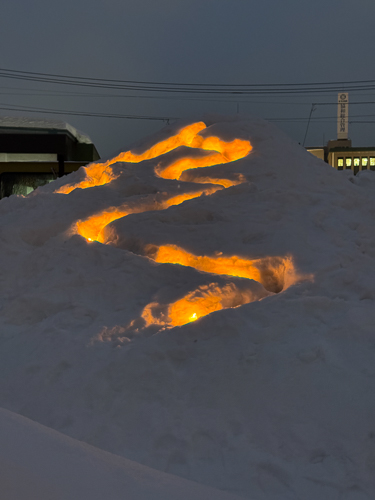 *
*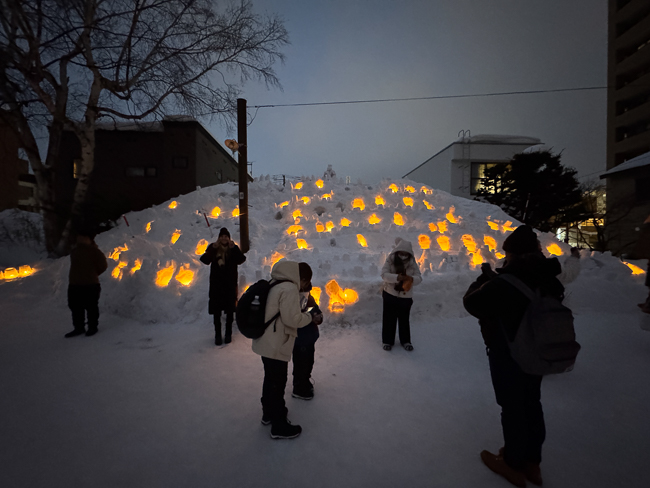 *
*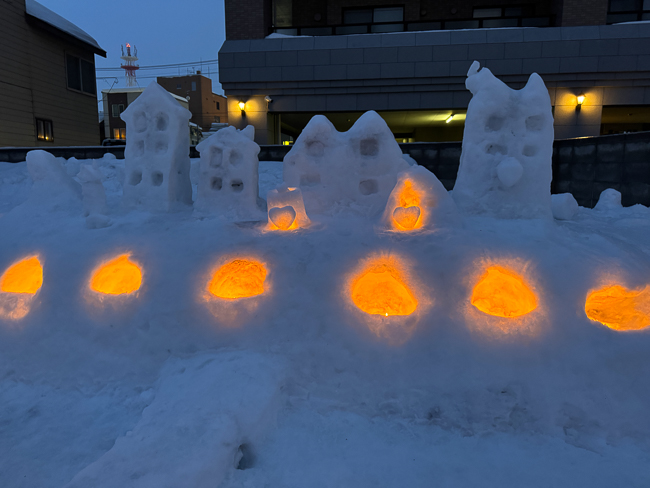 *
*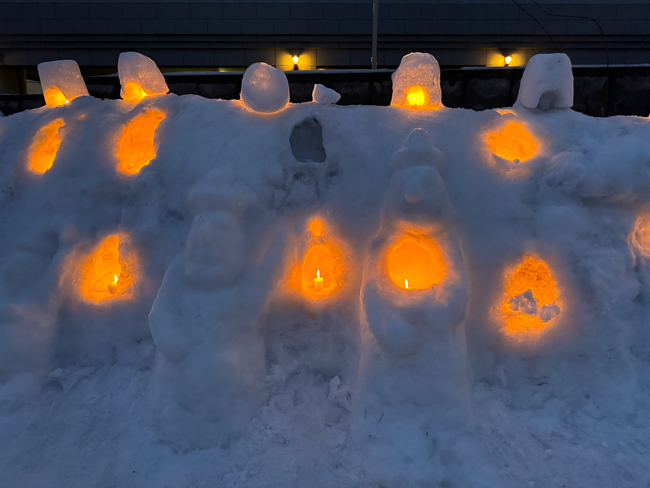 *
*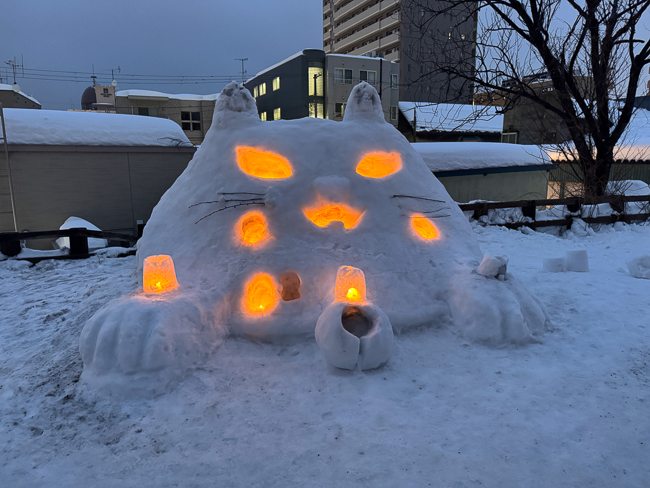
Wandering around town during the day, I found a few fun sculptures in front of stores.
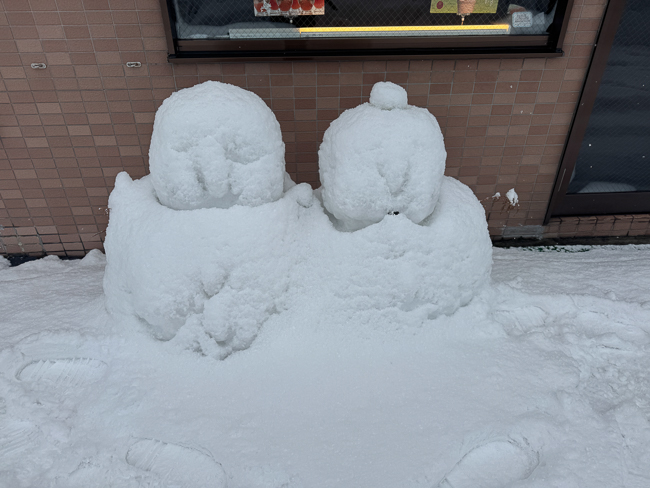 *
* *
*